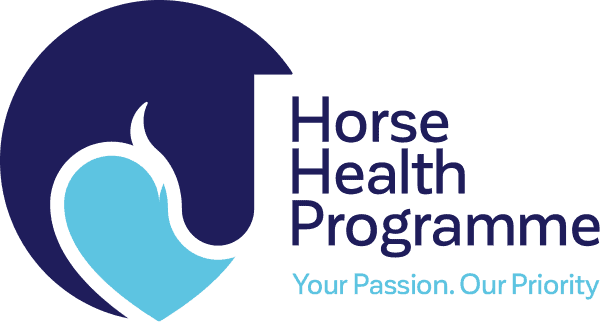Moody mare – is it her hormones?
Mares are seasonal breeders and require long, light days to induce follicular activity. In the UK, most mares begin cycling naturally from mid-March and continue until autumn. This is when they enter a period of sexual inactivity known as anoestrus. “Spring heat” is the transitional phase where follicular activity of the ovaries start. This can result in a prolonged heat period of up to six weeks.
What is happening when a mare is in Oestrus (in heat/ season)?
The oestrus cycle of a mare is on average 21 days in length, of which 5-7 days are in the follicular phase. In her ovaries are small, fluid filled sacs called follicles, which release increasing levels of oestrogen as they mature. This is when the mare is in-oestrus and may display behaviours to show that she is receptive to mating. The release of an egg from a dominant follicle, known as ovulation, occurs on days three to five. After ovulation, the follicle develops into a structure, called a Corpus Luteum. This secretes progesterone to prepare the uterus for pregnancy. After 14 days, if the mare is not in foal, hormones are released to remove this source of progesterone and allow follicular activity to resume and oestrus to begin.
Typical signs that a mare is in-oestrus, often more evident when a stallion or an interested gelding is present, include:
- Winking of the vulva
- Tail raising
- More frequent urination
- Standing as to be mounted by a stallion
Unwanted behaviour and poor performance from a mare may well be related to her cycle. However, determining a link between a mares moody behaviour and oestrus can be difficult. Erratic or aggressive behaviour could also be due to other low grade pain stimuli such as colic, Gastric Ulcers or back pain.
What to do?
Keeping a diary of your mares behaviour can be useful. This could include time of the year, patterns of behaviour, exercise routines, any supplements or medications she is receiving, change in management etc, to see if there is a pattern to her unwanted behaviour.
Consistent bad behaviour is unlikely to be related to oestrus cycles. However, if your mare turns into a little devil for five to seven days every three weeks, her hormones could be playing a role.
A complete physical examination by a vet should be performed to rule out any orthopaedic or neurological causes of the behaviour changes. An ultrasound examination of the mares ovaries and uterus could also be performed to check that the mare is indeed in oestrus, and if there are any physical changes to her ovaries. Your vet may also recommend taking a blood sample to check that there is no underlying organ dysfunction, and also to check your mares reproductive hormone levels. Although rare, an abnormally high level of these hormones can be caused by a granulosa cell tumour of the ovary, and can be responsible for almost stallion like behaviour in mares. Ultrasound of the ovaries and bloods are used to diagnose these tumours.
Your vet may also recommend an analgesia trial with painkillers, such as phenylbutazone (Bute), for a period of time during which the mares behaviour should be closely monitored for any change.
Treatment options for your moody mare
Once other causes have been ruled out, addressing your mare’s moody behaviour will depend on yours and your mares requirements – is she a competition mare, would you like to breed from her, effects of some oestrus supressing drugs on human female hormones?
There are different options that can be used to suppress your mare’s oestrus behaviour. Your vet can advise on the best and most suitable option for you and your moody mare.





